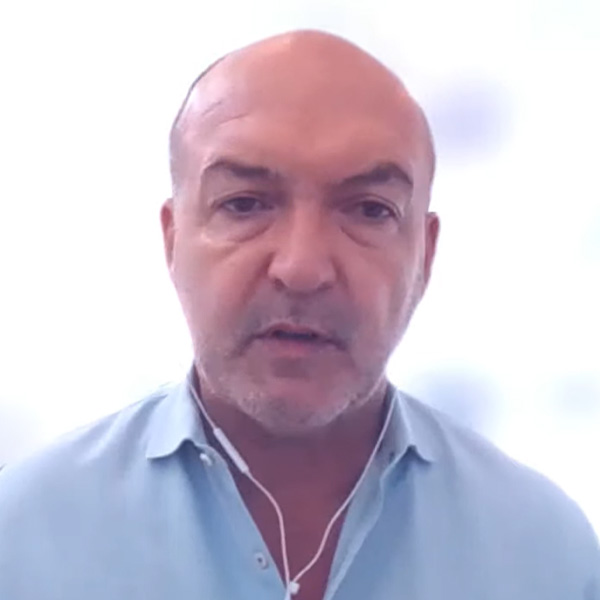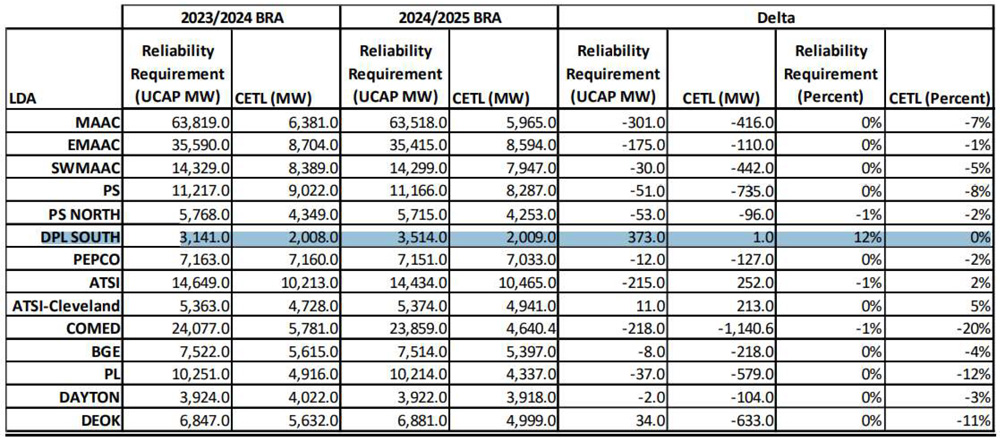One of the biggest roadblocks to developing a domestic supply chain for the minerals that are critical to clean energy technologies is the General Mining Act of 1872, “a legal and regulatory framework from the 19th century” still in force today, according to Tommy Beaudreau, deputy secretary at the U.S. Department of the Interior.
The 150-year-old law is “about prospecting, staking claims, as opposed to a leasing process,” Beaudreau said Wednesday during a webinar on the future of U.S. mining, sponsored by the Bipartisan Policy Center (BPC).
“One of the challenges we have is, how do we meet the needs of the clean energy economy with domestic sourcing of critical minerals, like lithium and cobalt and other materials, while managing the potential for conflict that any industrial activity, including mining, has; and all of the interests that we’re responsible for helping meet on public lands,” he said.
The Biden administration has made the building out of domestic supply chains a top priority of its push for a carbon-free electricity system by 2035 and a net-zero economy by 2050. Critical minerals — such as lithium, cobalt, nickel and uranium — are essential materials for energy storage, electric vehicles and advanced nuclear reactors, and the U.S. is “blessed with a number of these resources,” including on public land, Beaudreau said.
 Tommy Beaudreau, DOI | BPC
Tommy Beaudreau, DOI | BPCThe BPC sees the issue as bringing together key national security, economic and environmental interests, which makes mining and mining permitting reform ripe for bipartisan collaboration, said Xan Fishman, the organization’s director for energy policy and carbon management.
But major partisan flashpoints still exist, especially on permitting reform, as seen by the recent defeat of Sen. Joe Manchin’s (D-W.Va.) permitting reform bill this month. (See Manchin Permitting Bill Falls Short in Senate.)
Seeking common ground, the Interior Department launched an interagency working group on mining and mining reform in February and has since held about 20 meetings with the public and tribes, along with 30 more meetings with “individual companies, mining operators, as well as environmental [nonprofits],” Beaudreau reported. The group also received more than 20,000 public comments, he said.
Such extensive engagement is needed, Beaudreau said, to “overcome the legacy of hard-rock mining in the United States, going back to the 19th century,” when prospectors went into tribal and public lands “to exploit resources without talking to the community, certainly without benefiting the folks in whose backyard [the mining] is happening.”
The working group will be issuing a report in the first quarter of 2023, and while Beaudreau was not ready to provide specific details, he said the group has developed a set of principles. “Our goal [is] to take advantage of the opportunities we have for reliable sourcing of critical minerals here in the United States and with our partners and allies, but at the same time doing so in a way that respects local communities and tribes, is good stewardship for the environment and wildlife habitat and is responsible,” he said.
Part of the way forward could be identifying potential environmental or community concerns around any specific mining or supply chain project and “deconflicting” them, a strategy first used during the Obama administration to accelerate the development of renewable energy projects on public lands.
This approach is not currently used in mining permitting, Beaudreau said, but the upcoming report could include a similar proposal. “By doing that, we’re actually able to accelerate project development because we’ve sort of front-loaded community engagement, understanding and deconflicting,” he said.
Collaboration with tribal governments is another priority, with a focus on transparency, Beaudreau said. “We’ve developed a new system to … identify geographic areas of interest for mining, and there are cases where tribes see opportunities as well. We can create planning conversations about potential [projects] and then work with operators on consultation, both about money, but also on the back end, reclamation work and providing assurances on potential environmental impacts.”
‘Doing It the Right Way’
The need for the U.S. to break its dependence on China, Russia and other unreliable nations for critical minerals has become a given on both sides of the aisle in Congress. “If you care about the environment, or you have a social conscience, you want mining to happen in Nevada and across the U.S.,” said Tyre Gray, president of the Nevada Mining Association.
 Tyre Gray, Nevada Mining Association | BPC
Tyre Gray, Nevada Mining Association | BPC“We are currently sourcing the vast amount of our minerals from countries that are not doing it the right way,” Gray said during an industry panel following Beaudreau. “And we do it here the right way.”
“We really approach this from a national economic security lens,” said Abigail Wulf, vice president and director for the Center for Critical Minerals Strategy at Securing America’s Future Energy, a Washington, D.C. think tank. “We want to make sure our supply chains for the minerals of the future … can’t be used as political pawns. So, we’re focused on diversifying supply chains, and for the future of mining, we see responsible mining and transparent supply chains as really being the way to diversify supply chains.”
Echoing Gray, Wulf said, “Where critical minerals are coming from right now, it’s ostensibly difficult to compete on cost because people are degrading the environment or exploiting workers in a way that would not be tolerated if it were done in the United States or among some of our like-minded partners.”
Gray also stressed that the General Mining Act of 1972 mostly covers public land use, and mining in Nevada and other states is highly regulated under several federal and state laws, including the National Environmental Protection Act and the Clean Air Act. In Nevada alone, “there are over 20 different agencies, if you count the federal agencies, that have some level of oversight in mining,” he said.
 Abigail Wulf, SAFE | BPC
Abigail Wulf, SAFE | BPC“Before a single shovel hits the ground here in Nevada, you have to plan for reclamation [and] closure,” he said.
At the same time, Gray believes the industry could benefit from “Good Samaritan” legislation that would allow companies to reclaim old mining sites “to see if there’s anything of value but not necessarily take on the responsibility” for past environmental damage.
Gray also sees the EV supply chain in broad terms, not just lithium, nickel and cobalt, but copper, silver and gold, which may also be used in other clean technologies. “I don’t want to get too focused on just a certain set of minerals, but really be able to address the whole suite of minerals,” he said.
“When we’re talking about green technology … and where we’re heading in the future, talking about everything without talking about particular minerals, it’s kind of like talking about a peanut butter-and-jelly sandwich without thinking about the bread,” he said.
The Tamarack Project
Talon Metals Corp. is one of a small but growing number of companies on the front line of responsible, transparent mining. Based in Ontario, Canada, the company is focused on providing minerals for the EV and electric battery storage market.
 Todd Malan, Talon Metals | BPC
Todd Malan, Talon Metals | BPCThe company’s Tamarack Project in Minnesota is being developed to provide high-grade nickel, as well as cobalt and copper for EV batteries, and the company has received a $114.8 million grant from the Department of Energy to help build a processing plant in North Dakota, Malan said.
“Why should the public care about high-grade [nickel]? Because high-grade means high concentration,” he said. “That means we can actually go in an underground line very selectively and surgically, grab the high-grade material, take it out in a responsible way and still make sure that we’re protecting the environment.”
The company was one of 20 receiving grants from the Infrastructure Investment and Jobs Act to build out the EV battery supply chain.
But, Wulf said, at this point, responsible mining still costs more and will need further federal support. While the IIJA and Inflation Reduction Act have a range of incentives for critical minerals and manufacturing, the missing piece is incentives for mineral exploration, she said.
Trade policy is another must-have, she said. The U.S. needs “enforceable mechanisms for that responsible mining, and so sanctionable, enforceable trade deals among our allies will be one way we can do that.”
